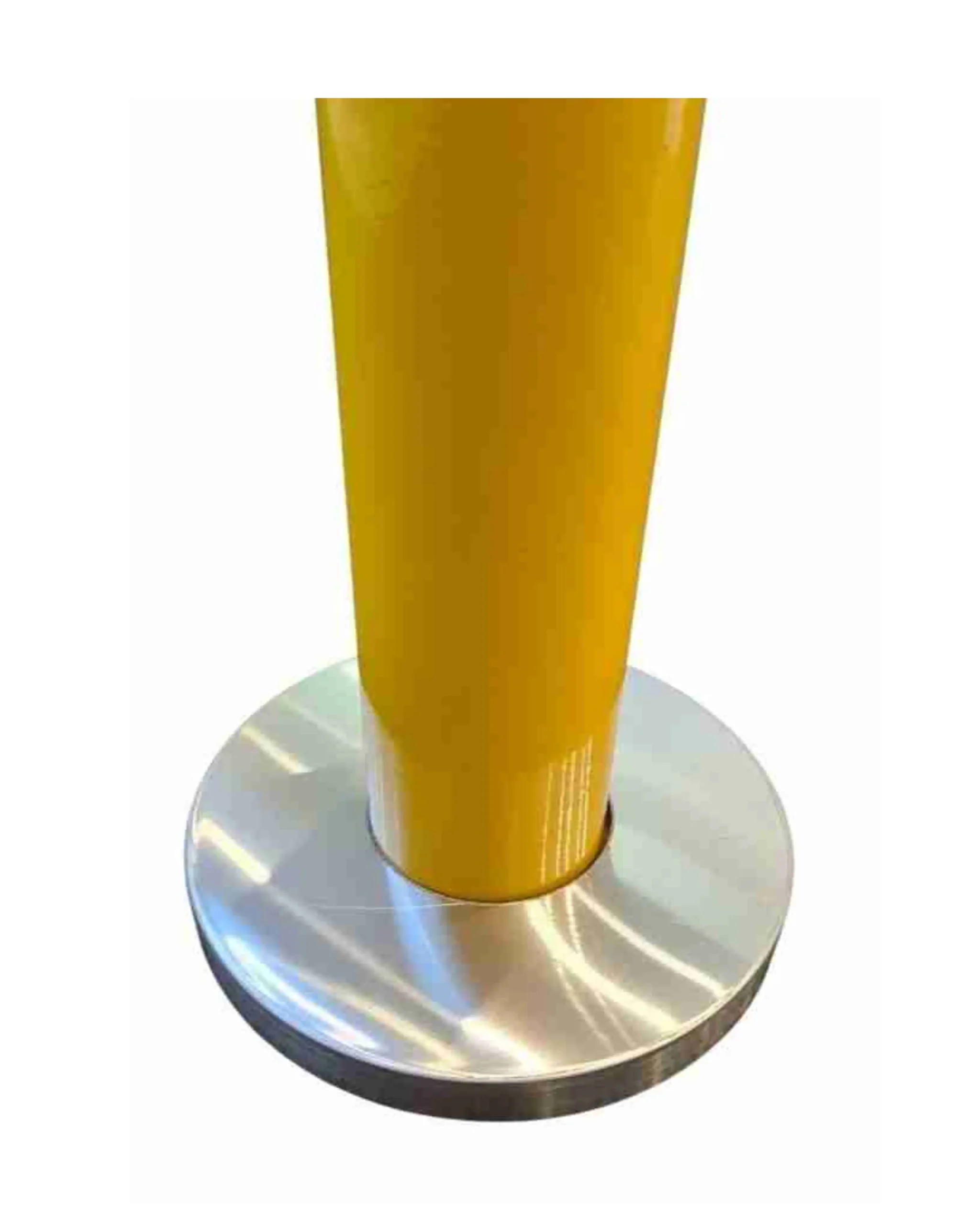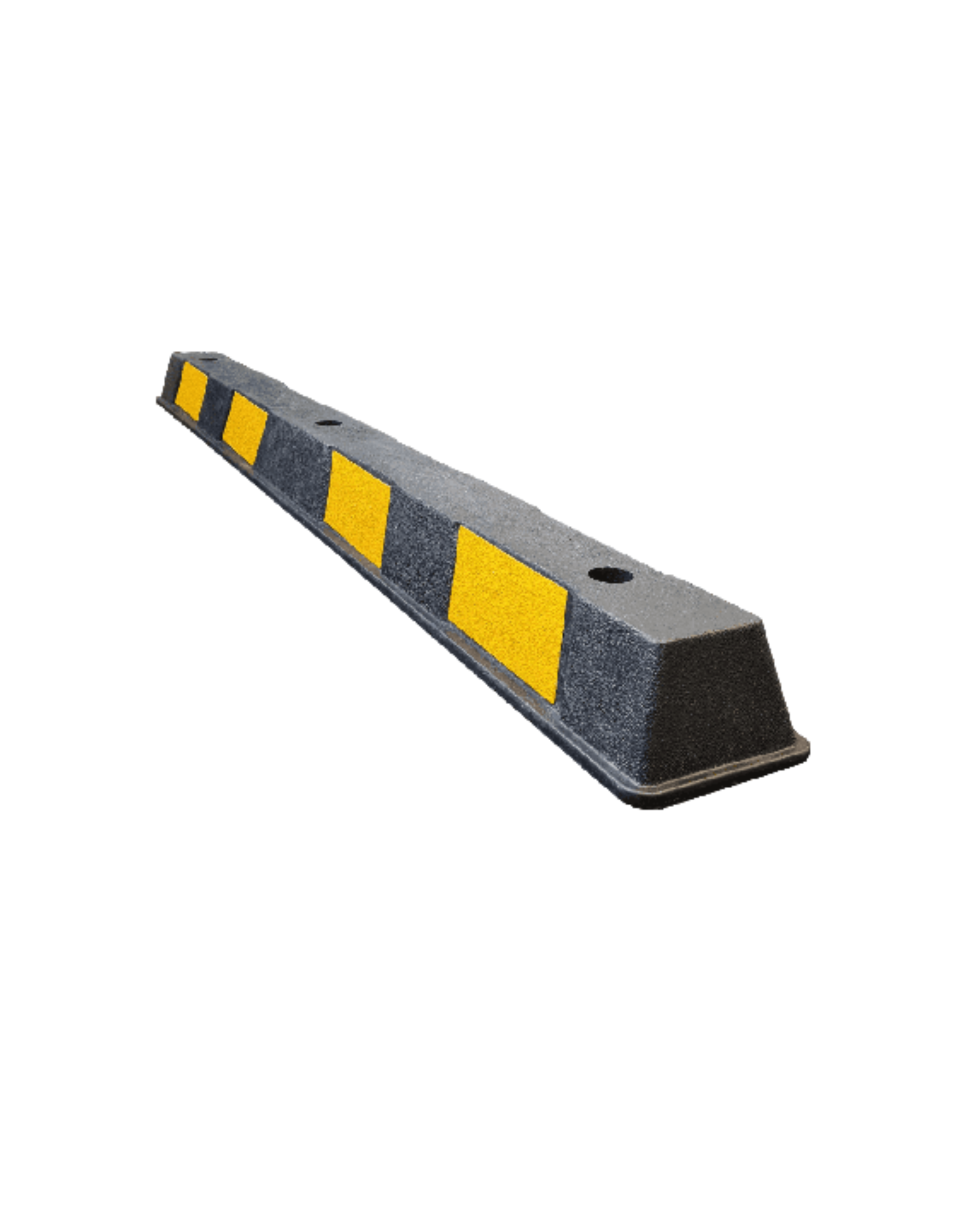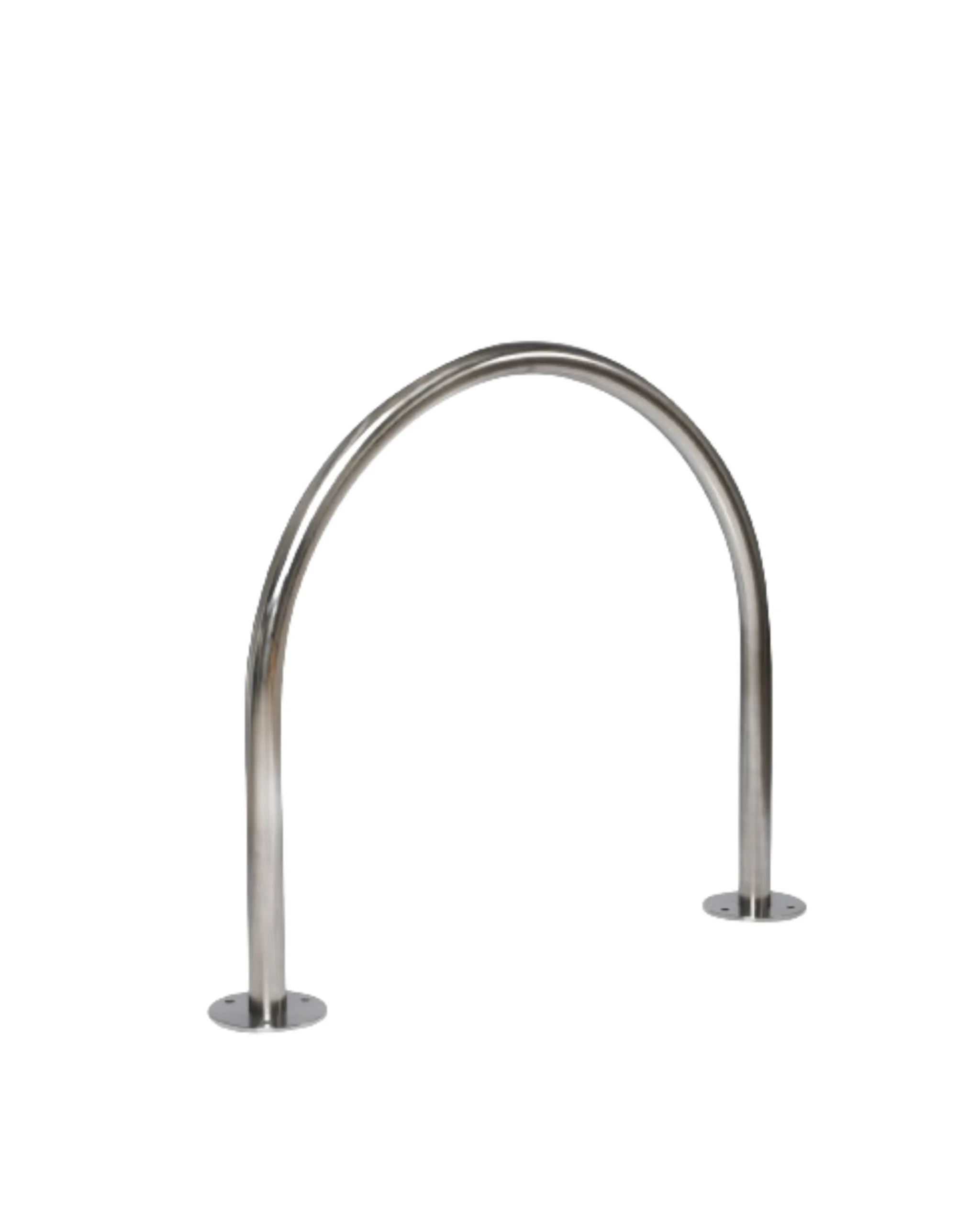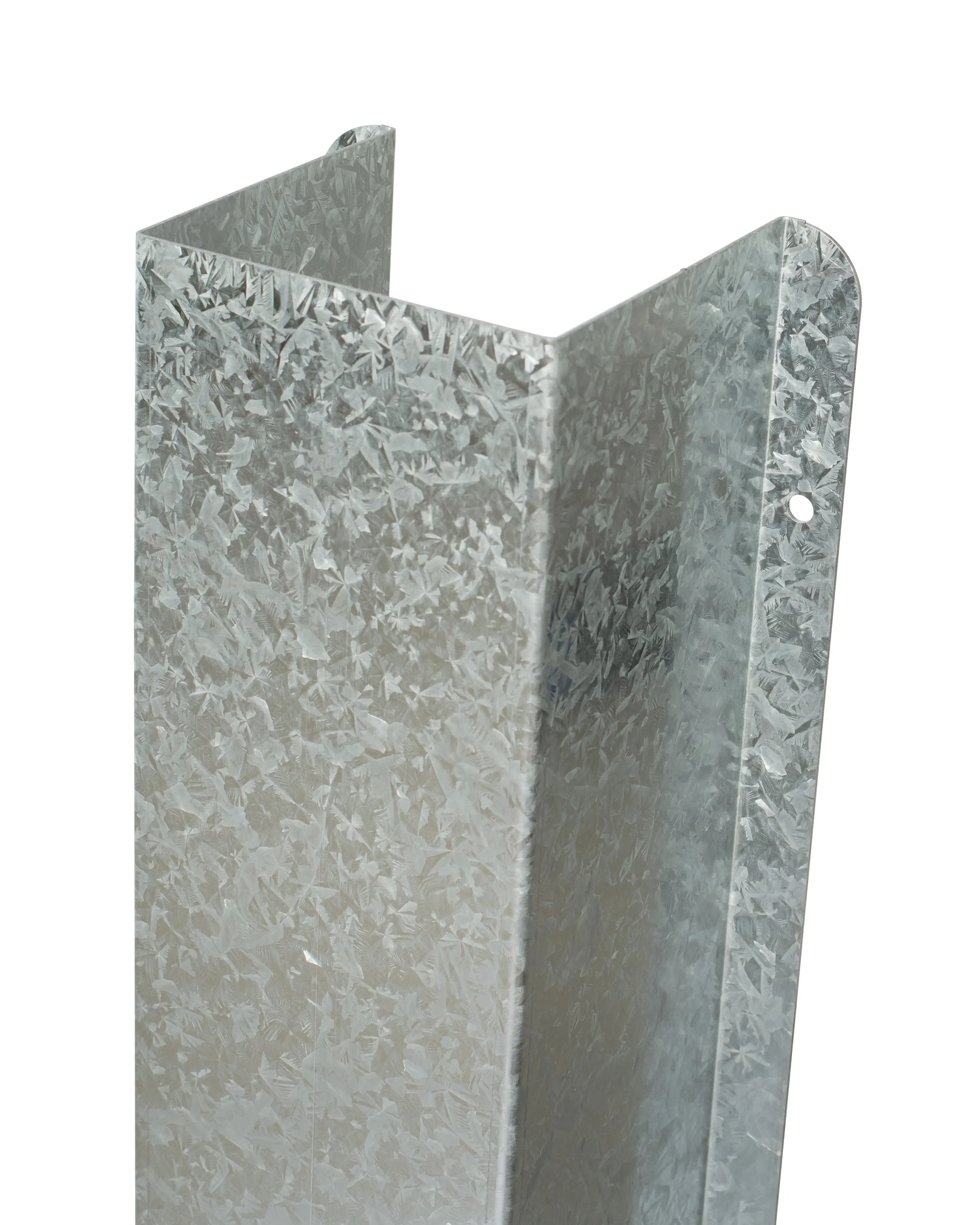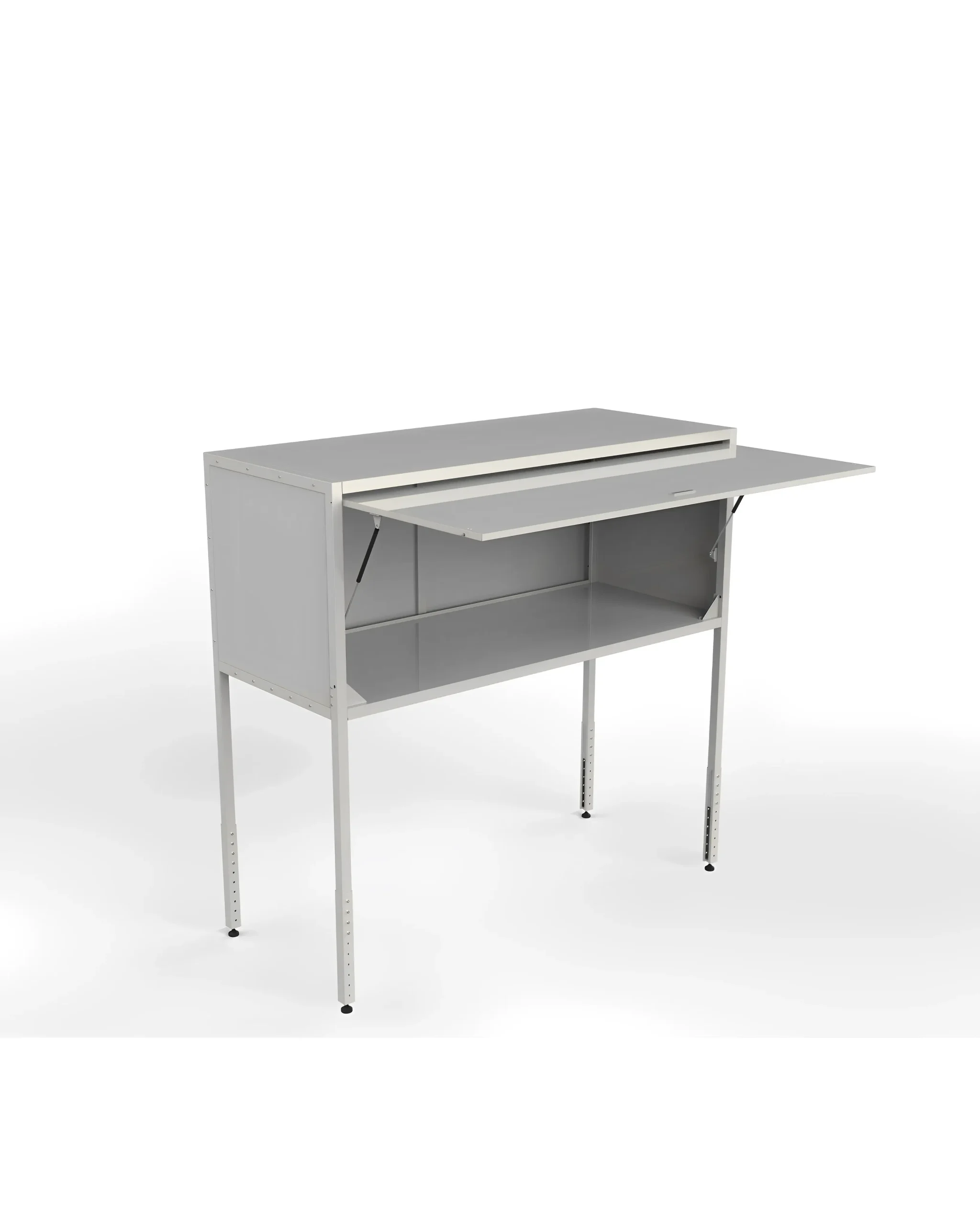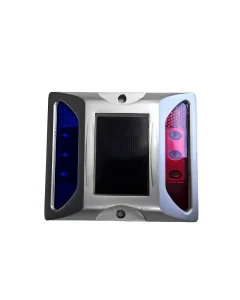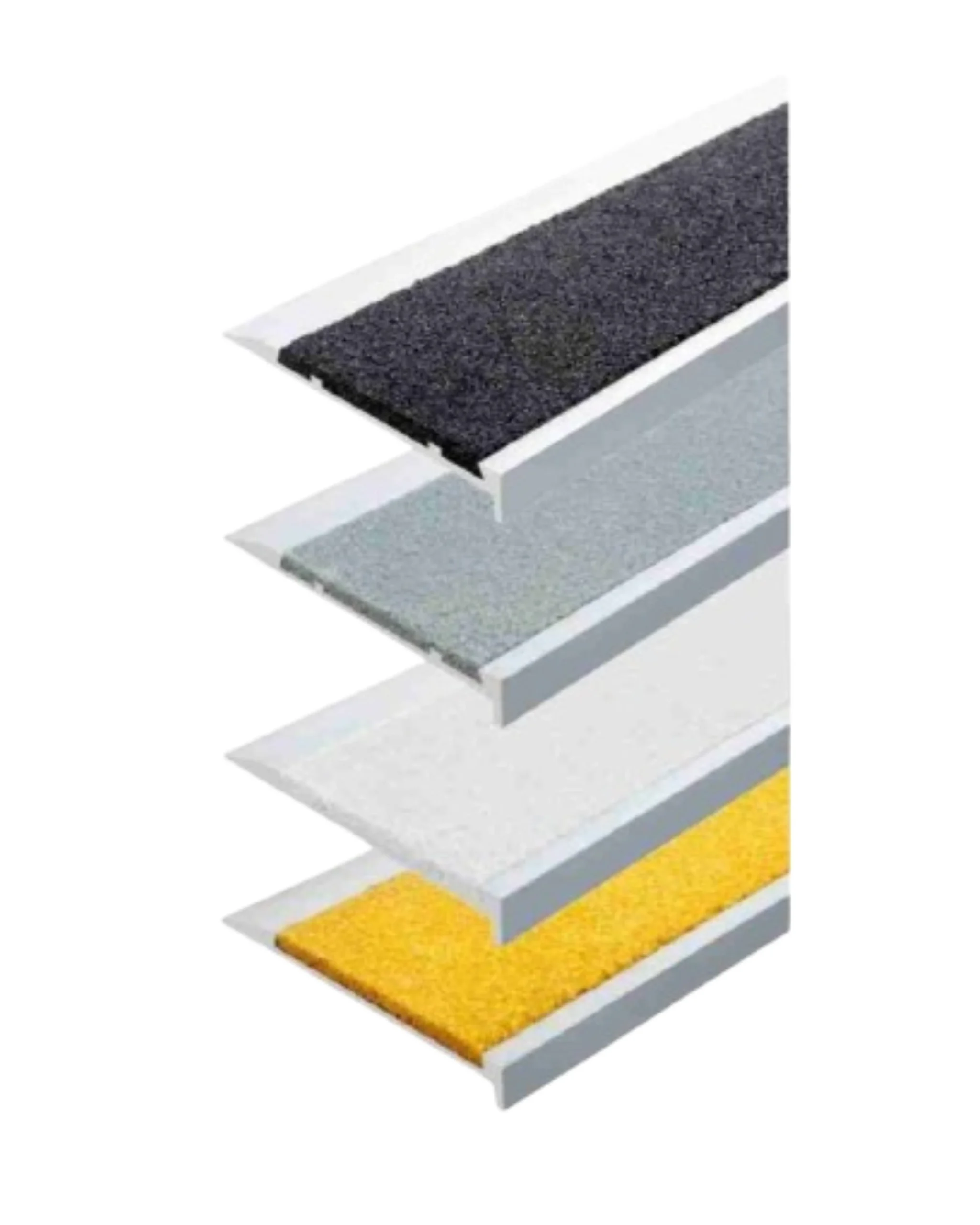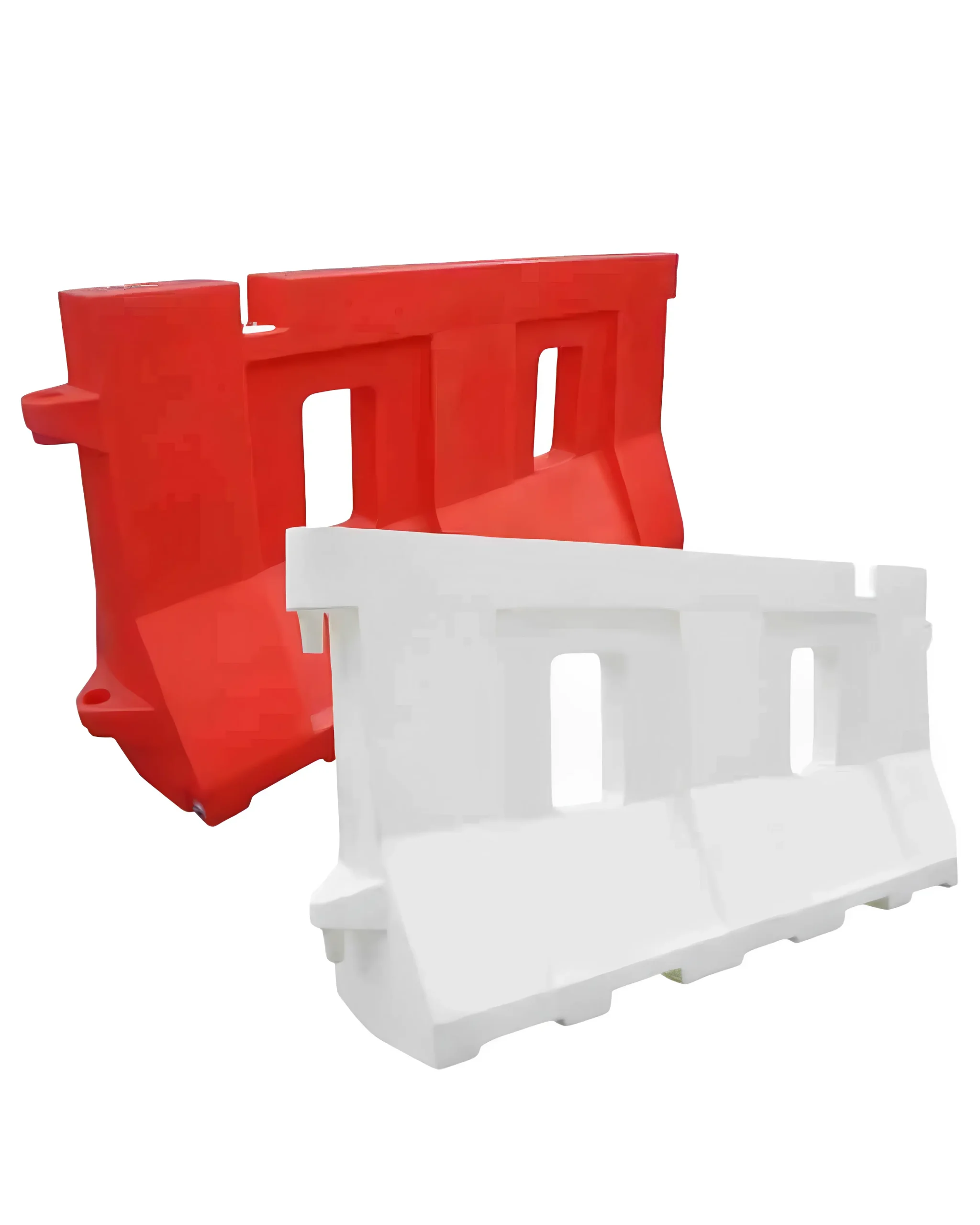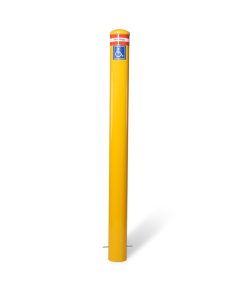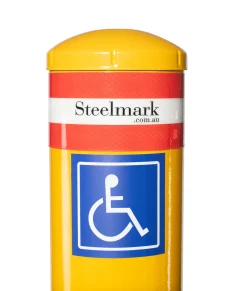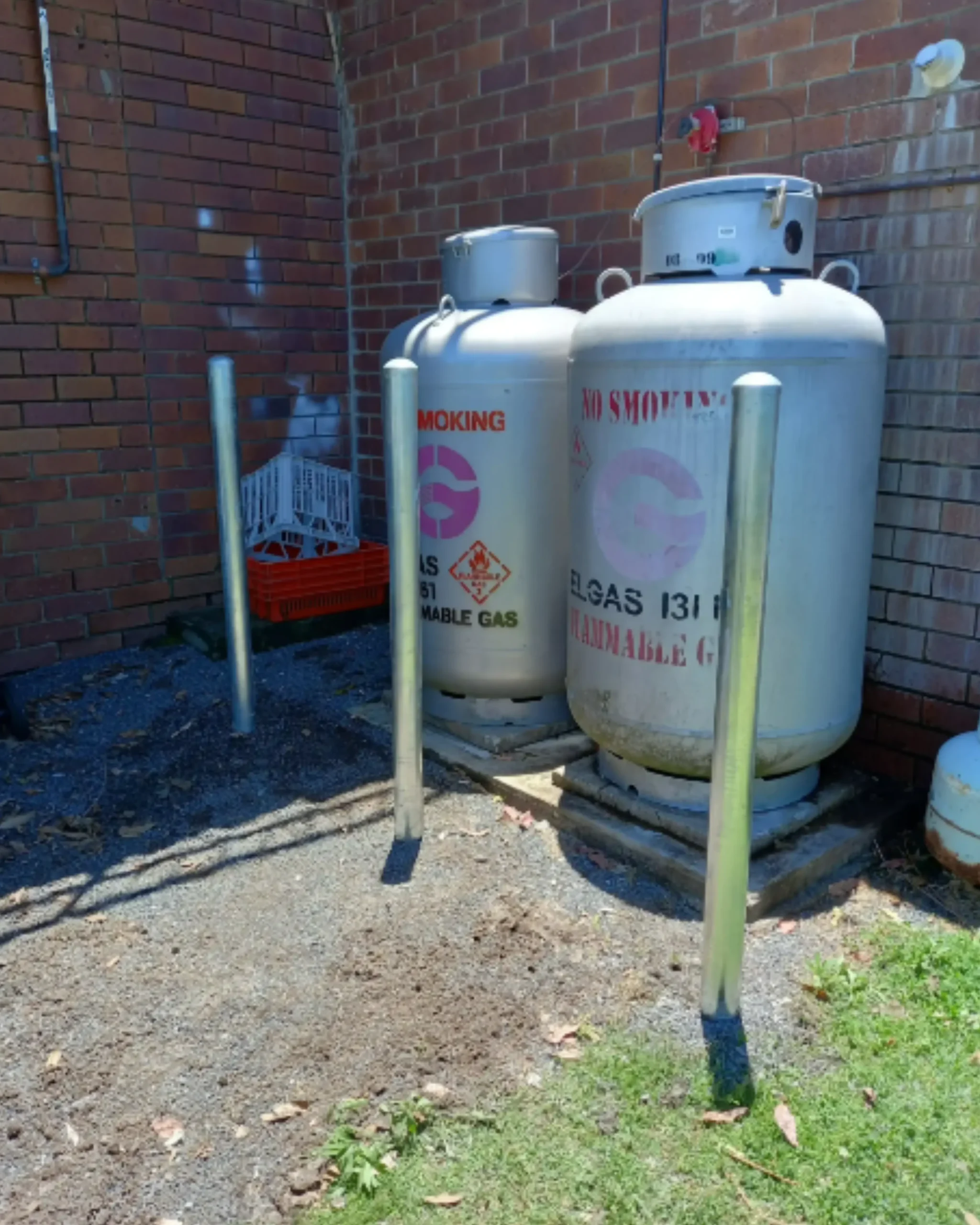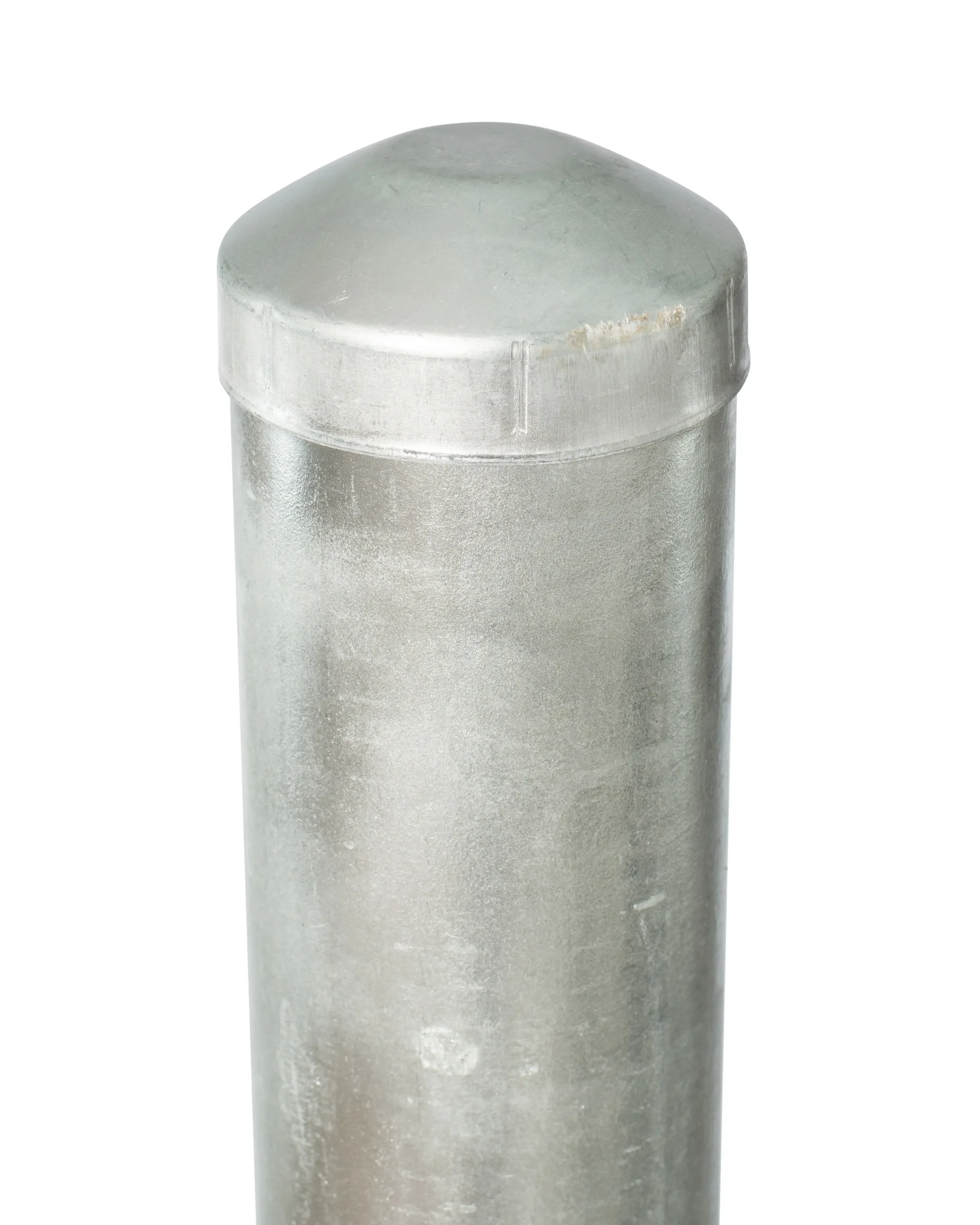In-Ground Bollards
Showing all 14 results
-
In Ground Powder Coated Bollards

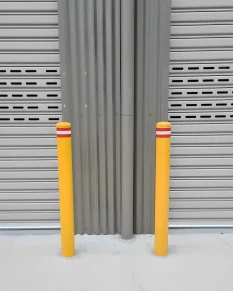
In Ground Bollard | 114mm Diameter | 1.5m Long
SKU: 114.IG.PC.1.5
GST Inc -
In Ground Powder Coated Bollards


In Ground Bollard | 165mm Diameter | 1.6m Long
SKU: 165.IG.PC.16
GST Inc -
In Ground Stainless Steel Bollards

Stainless Steel Bollard | 90mm Diameter | In Ground
SKU: 90.IG.SS
GST Inc -
In Ground Stainless Steel Bollards

Stainless Steel Bollard | 114mm Diameter | In Ground
SKU: 114.IG.SS
GST Inc -
In Ground Stainless Steel Bollards

Stainless Steel Bollard | 140mm Diameter | In Ground
SKU: 140.IG.SS
GST Inc

















